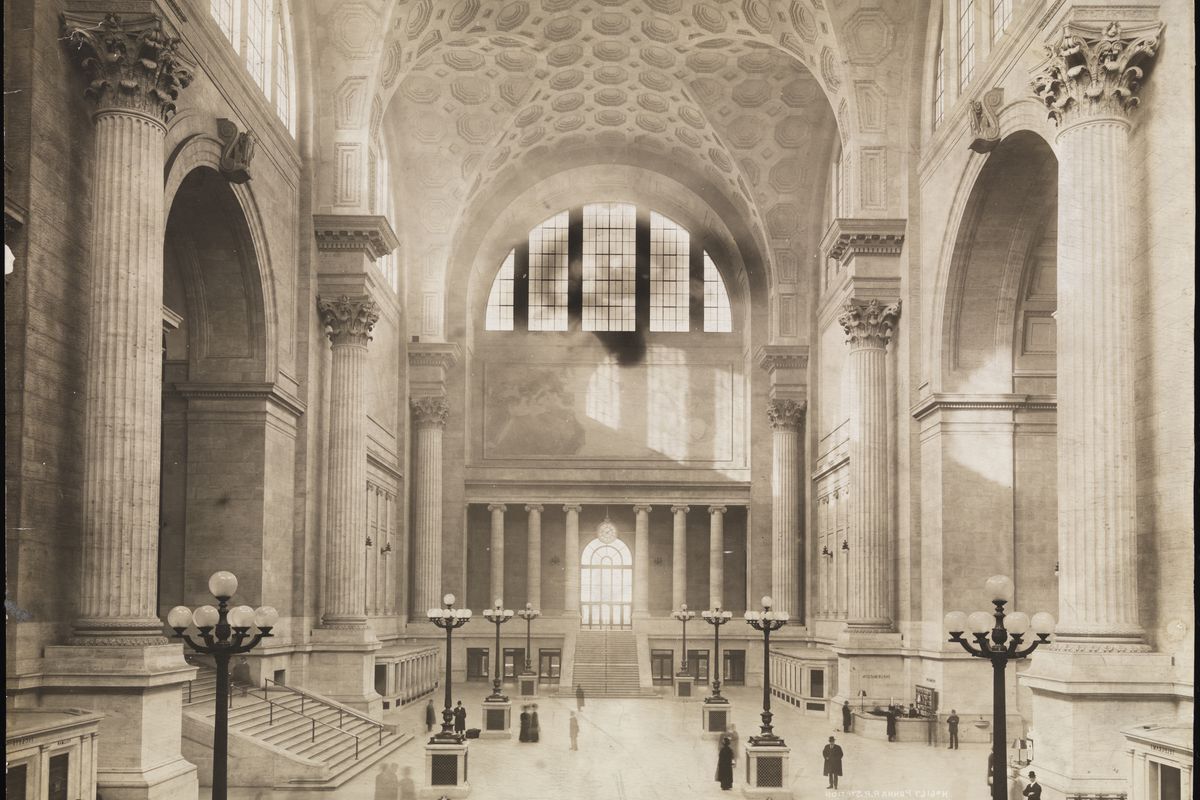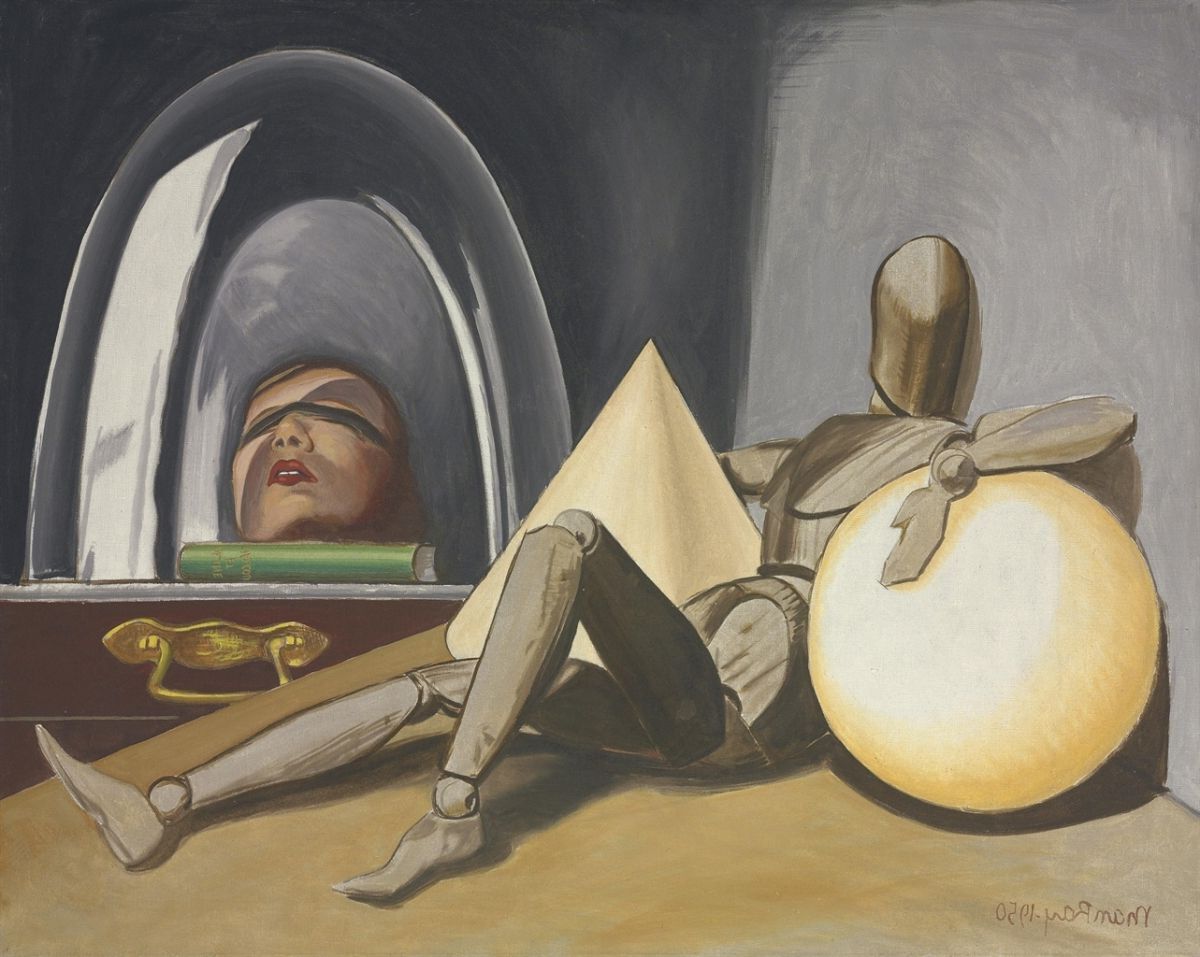
Old Penn Station was more than just a train station; it was a marvel of architecture and engineering. Opened in 1910, this iconic structure in New York City served as a gateway to the city for millions. Designed by the renowned architectural firm McKim, Mead & White, it featured grand columns, vast waiting rooms, and intricate details that left visitors in awe. Sadly, in 1963, the station was demolished, sparking a preservation movement that changed how historic buildings are treated in the U.S. Why was Old Penn Station so significant? Its story is a blend of grandeur, controversy, and lasting impact on urban development and historic preservation. Let's dive into 35 fascinating facts about this lost architectural gem.
Key Takeaways:
- Old Penn Station, a grand architectural marvel, served as a bustling transportation hub in NYC. Its demolition sparked a preservation movement and continues to inspire art, culture, and calls for rebuilding.
- The station's grandeur and impact live on through architectural influence, cultural references, and public outcry over its demolition. Hidden artifacts, celebrity travelers, and protests add to its mystique.
The Birth of Old Penn Station
Old Penn Station, officially known as Pennsylvania Station, was an architectural marvel and a bustling hub in New York City. Let's dive into some fascinating facts about this iconic structure.
-
Construction Began in 1904: The Pennsylvania Railroad started building Old Penn Station in 1904. It took seven years to complete.
-
Opened in 1910: The station officially opened to the public on November 27, 1910, becoming one of the busiest train stations in the world.
-
Designed by McKim, Mead & White: The architectural firm McKim, Mead & White, known for their Beaux-Arts style, designed the station.
-
Inspired by Roman Architecture: The design was inspired by the Roman Baths of Caracalla, featuring grand columns and vast open spaces.
-
Largest Indoor Space in NYC: At the time of its completion, it was the largest indoor space in New York City, covering eight acres.
Architectural Marvels
Old Penn Station was not just a transportation hub; it was a masterpiece of architecture and engineering.
-
Massive Doric Columns: The station's exterior featured massive Doric columns, each 84 feet tall.
-
Glass and Steel Train Shed: The train shed was made of glass and steel, allowing natural light to flood the interior.
-
Main Waiting Room: The main waiting room was modeled after the Roman Baths, with a ceiling 150 feet high.
-
Granite and Limestone: The building was constructed using 27,000 tons of granite and limestone.
-
Iconic Clock: An iconic clock towered over the main concourse, becoming a popular meeting spot for travelers.
The Heart of Transportation
Old Penn Station was a vital part of New York City's transportation network, connecting millions of passengers.
-
Served 100 Million Passengers Annually: At its peak, the station served over 100 million passengers each year.
-
Connected to 10 States: The station connected New York City to ten different states, making it a crucial transportation hub.
-
Underground Tunnels: It featured underground tunnels that connected to the Hudson and East Rivers, allowing trains to travel to New Jersey and Long Island.
-
Subway Connections: The station had direct connections to the New York City subway system, making it easy for passengers to transfer between trains.
-
Mail and Freight: In addition to passenger services, the station handled a significant amount of mail and freight.
The Decline and Demolition
Despite its grandeur, Old Penn Station faced challenges that led to its eventual demolition.
-
Decline in Rail Travel: The rise of automobiles and airplanes led to a decline in rail travel, reducing the station's usage.
-
Financial Struggles: The Pennsylvania Railroad faced financial difficulties, making it hard to maintain the station.
-
Demolition Began in 1963: Demolition of the station began in October 1963, sparking public outrage.
-
Preservation Movement: The demolition of Old Penn Station led to the birth of the historic preservation movement in the United States.
-
Madison Square Garden: The site of the old station was replaced by the current Madison Square Garden and a new, smaller Penn Station.
Legacy and Impact
Old Penn Station's legacy continues to influence architecture, transportation, and historic preservation.
-
Architectural Influence: The station's design influenced many other buildings and train stations around the world.
-
Cultural Icon: Old Penn Station has been featured in numerous films, books, and artworks, cementing its place in popular culture.
-
Public Outcry: The public outcry over its demolition led to the creation of the New York City Landmarks Preservation Commission.
-
Photographic Legacy: Photographs of the station, taken by artists like Berenice Abbott, continue to inspire and educate.
-
Calls for Rebuilding: There have been numerous calls to rebuild a new Penn Station that honors the grandeur of the original.
Interesting Tidbits
Here are some lesser-known facts that add to the mystique of Old Penn Station.
-
Hidden Artifacts: During the demolition, many artifacts and pieces of the station were lost or hidden away.
-
Underground Remnants: Some remnants of the original station can still be found underground in the current Penn Station.
-
Celebrity Travelers: Many celebrities of the time, including Marilyn Monroe and Frank Sinatra, were frequent travelers through Penn Station.
-
Architectural Tours: Before its demolition, the station was a popular site for architectural tours.
-
Public Protests: Public protests against the demolition included notable figures like Jane Jacobs, a prominent urban activist.
The Station's Cultural Impact
Old Penn Station left an indelible mark on New York City and beyond.
-
Inspiration for Songs: The station inspired songs, including Simon & Garfunkel's "The Only Living Boy in New York."
-
Documentaries: Several documentaries have been made about the station, highlighting its historical significance.
-
Art Exhibitions: Art exhibitions have been dedicated to showcasing the beauty and history of Old Penn Station.
-
Books and Novels: Numerous books and novels have been written about the station, capturing its essence and impact.
-
Architectural Studies: The station is often studied in architecture and urban planning courses as a case study in historic preservation.
The Legacy of Old Penn Station
Old Penn Station's story is a mix of grandeur and loss. This architectural marvel once stood as a symbol of progress and elegance in New York City. Its Beaux-Arts design, with soaring ceilings and intricate details, left visitors in awe. However, the decision to demolish it in 1963 sparked a preservation movement that changed how we value historic landmarks. Today, the station's legacy lives on through photographs, memories, and the lessons learned about preserving our architectural heritage. The outcry over its destruction led to stronger preservation laws, ensuring that future generations can appreciate the beauty and history of such structures. Old Penn Station may be gone, but its impact on urban preservation remains significant. Its story reminds us of the importance of cherishing and protecting our cultural landmarks for the future.
Frequently Asked Questions
Was this page helpful?
Our commitment to delivering trustworthy and engaging content is at the heart of what we do. Each fact on our site is contributed by real users like you, bringing a wealth of diverse insights and information. To ensure the highest standards of accuracy and reliability, our dedicated editors meticulously review each submission. This process guarantees that the facts we share are not only fascinating but also credible. Trust in our commitment to quality and authenticity as you explore and learn with us.


